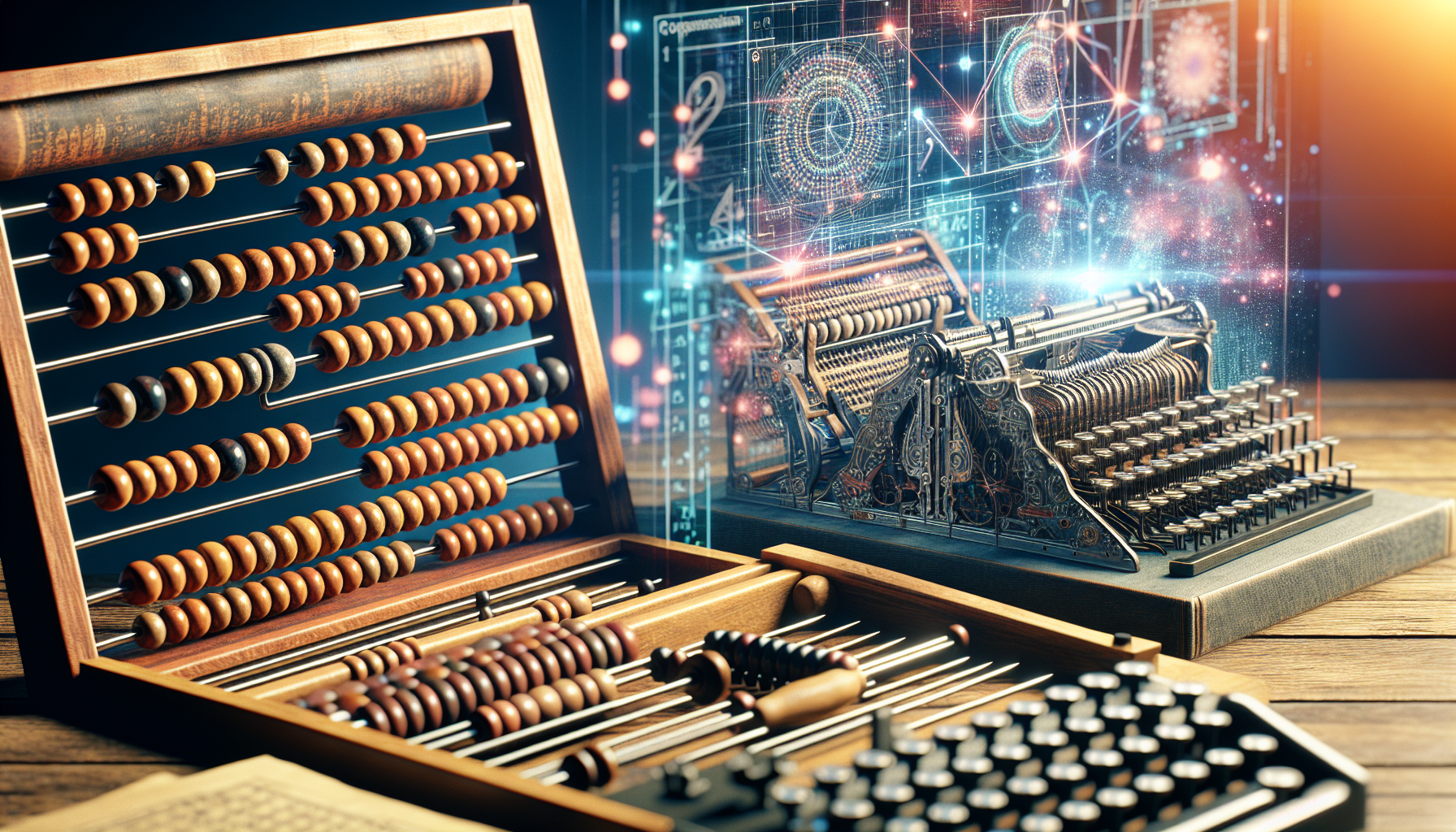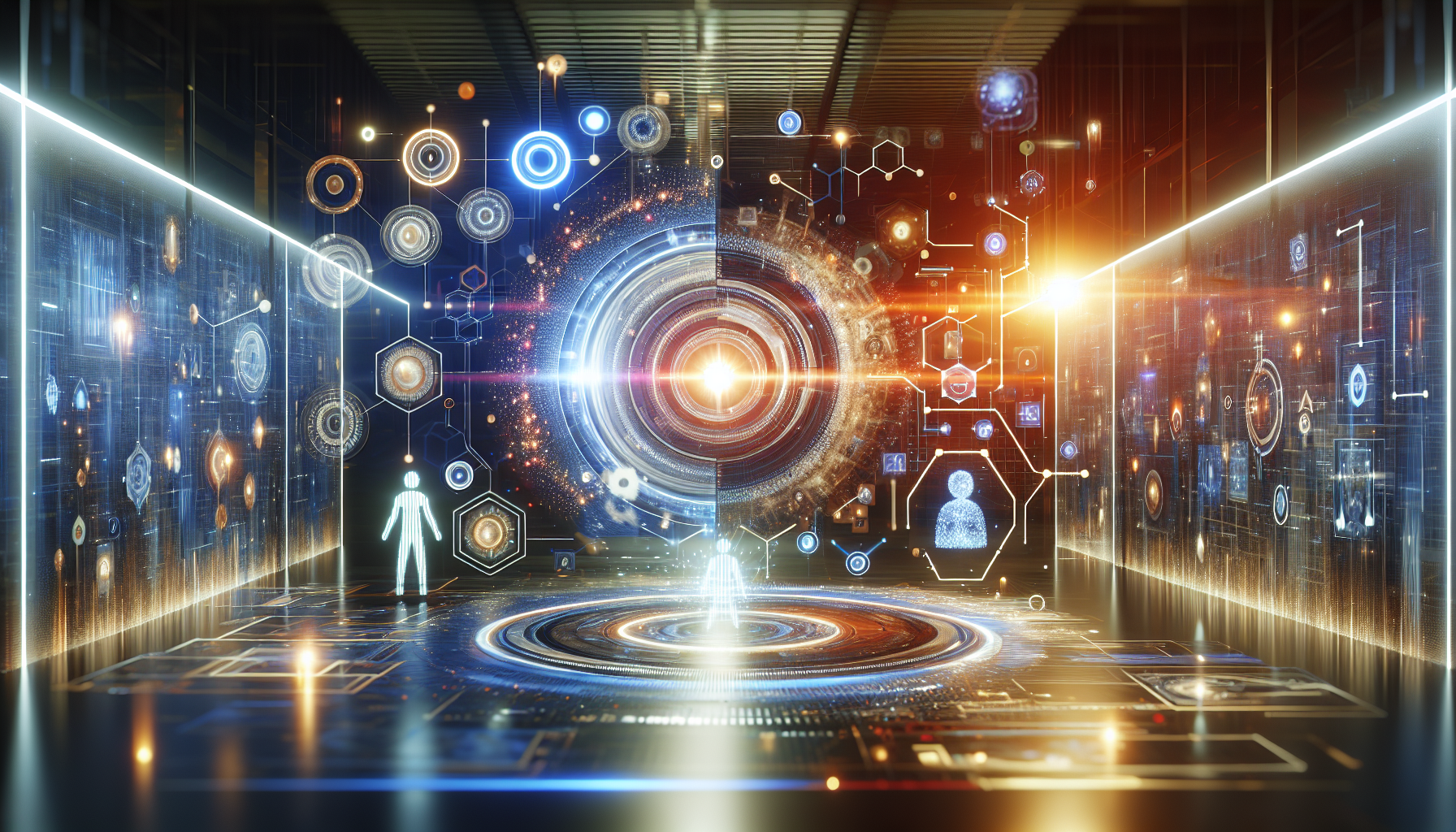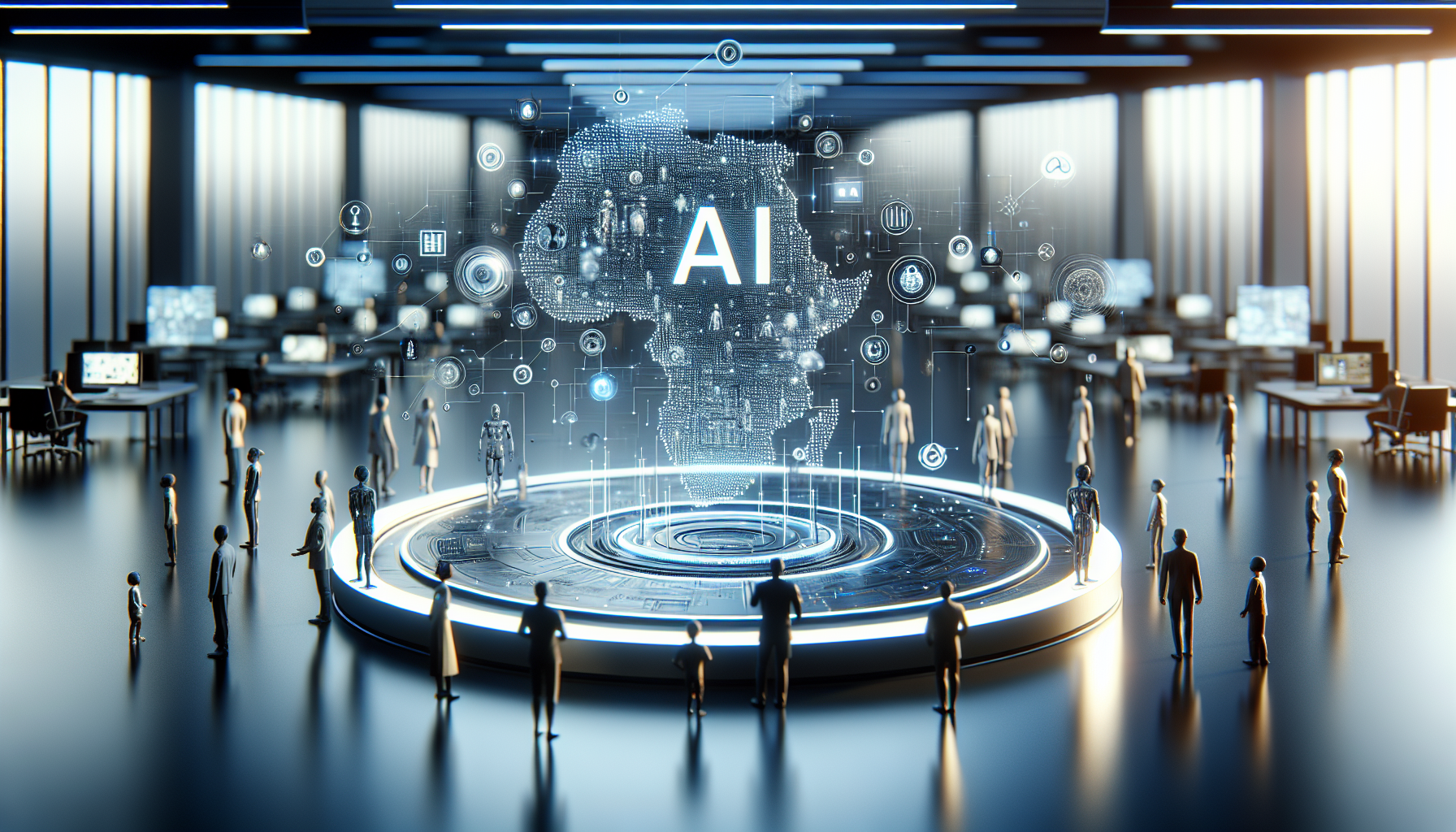
Machine Learning vs. Deep Learning: A Journey Through Time
October 1, 2025
Let’s take a stroll down memory lane and explore the fascinating evolution of artificial intelligence, particularly focusing on the distinctions between machine learning and deep learning. This isn't just a tale of algorithms and data but a story of human curiosity and the relentless quest for understanding.
Once upon a time, scientists dreamt of machines that could think and learn. This dream led to the birth of machine learning, a concept rooted in the idea that machines could be programmed to learn from data, evolving their performance over time without being explicitly instructed. Imagine this as teaching a computer to play chess by showing it thousands of games. The computer gradually picks up strategies, learning from each move, much like a child grasping complex ideas through experience.
Machine learning was, and still is, a broad field covering a variety of techniques. From decision trees to support vector machines, these methods were all about finding patterns and making decisions based on data inputs. However, the real magic began when researchers started exploring more intricate structures, leading us to what we now call deep learning.
Deep learning is a subset of machine learning, but it’s so much more than just a part of the whole. Think of it as a more sophisticated sibling, one who took the family legacy and ran with it, achieving feats once thought impossible. Deep learning introduces us to neural networks, inspired by the human brain’s architecture. These networks contain layers upon layers of nodes, each processing different features of the data, learning hierarchically. It’s like peeling an onion—each layer unravels a new level of understanding.
But how did we get here? The journey from machine learning to deep learning wasn’t straightforward. It was marked by both triumphs and setbacks, driven by advances in computational power and data availability. Initially, the complexity of deep learning models made them impractical; they required an immense amount of data and computational resources that simply weren’t available. However, as technology advanced, the dream became feasible, and deep learning began to shine.
A pivotal moment in this journey was the development of powerful graphics processing units (GPUs), which could handle the intense computations required by deep learning models. Suddenly, what was once a theoretical idea became a practical tool. This breakthrough enabled researchers to train models with thousands of layers, leading to groundbreaking achievements in image and speech recognition, natural language processing, and more.
Let’s consider a specific example: facial recognition. Early machine learning systems could identify faces by relying on feature-based algorithms that required meticulous hand-coding. Deep learning, on the other hand, bypassed this tedious process, learning directly from raw images. It was like teaching a child to recognize faces by showing them family photo albums, rather than explaining every facial feature.
Despite these advancements, the distinction between machine learning and deep learning remains crucial. Machine learning is often more straightforward and easier to implement, especially when dealing with smaller datasets. Deep learning, while incredibly powerful, can be overkill for simpler tasks. It’s akin to using a sledgehammer to crack a nut when a simple tap would suffice.
As we reflect on this historical journey, it’s clear that both machine learning and deep learning have their place in the AI toolkit. Each has its strengths and ideal applications. Machine learning offers simplicity and efficiency, while deep learning provides unmatched power for tackling complex problems.
So, where does this leave us today? As AI continues to evolve, the lines between these technologies may blur even further, leading to even more innovative applications. Perhaps the real question we should be asking is: What’s next in the evolution of artificial intelligence? Could there be another breakthrough waiting just around the corner, ready to redefine our understanding once again? The only certainty is that the story of AI is far from over, and its next chapter promises to be just as captivating.


